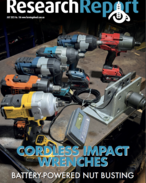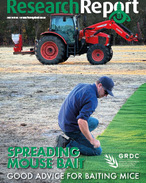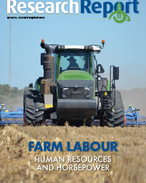This article is 3 years old. Images might not display.
The trial, in the Peel-Harvey catchment district, is a part of the four-year uPtake project, delivered by the Department of Primary Industries and Regional Development (DPIRD) and the Department of Water and Environmental Regulation and seven local catchment groups.
DPIRD development officer, David Rogers, said the trial at Waroona would provide valuable scientific information to assist landholders develop informed fertiliser strategies to optimise production, while minimising nutrient leaching.
"The trial is comparing a low water-soluble phosphorus product against a typical high water-soluble superphosphate fertiliser, measuring pasture productivity, as well as the water and dissolved nutrients that leach through the soil," Rogers said.
"A series of 30 underground collection devices, called lysimeters, have been installed to capture the water and nutrients that drain through the soil during rainfall. The amount of water and its nutrient concentration are measured.
"It is important to monitor both plant production and water quality, as we need to assess the potential of using low water-soluble phosphorus fertiliser to generate benefits to both the farmer and the environment."
Trial plots have been sown to a ryegrass and subclover pasture mix with varying rates of the two phosphorus fertilisers applied, while dry matter production will be measured throughout the growing season.
The research will compare two fertiliser products applied at the start of the season over seven treatments, ranging from zero to 40 kilograms of phosphorus per hectare.
The uPtake project is supported by the Healthy Estuaries WA program, through funding from the Australian Government's National Landcare Program and the State Government. It is supported by a technical reference group with representatives from the fertiliser and grazing industries, universities, catchment groups and farmers.
For more information about the uPtake trial, visit: https://estuaries.dwer.wa.gov.au/uptake/






















